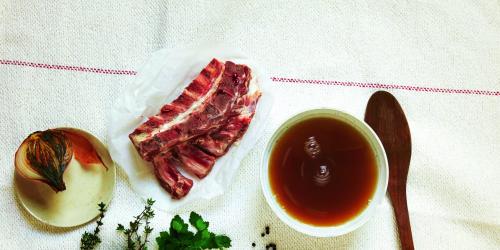Red meat and health: where is the problem?
The World Health Organization (WHO) has just recalled that red meat and sausages could promote the occurrence of cancer (bowel, colon, stomach, pancreas in particular). It is above all the excess consumption of meats and cold meats that is involved: we eat 88kg a year, more than double that necessary since it should be limited to 500 g of meat per week, in other words the equivalent of 3 hamburger.
Health is in the vegetable dry
To reduce its ration of meat and avoid any deficiency, we associate cereals (pasta, rice, oats, spelled, millet, barley ...) and legumes (lentils, soybeans, beans, chickpeas ...). Not necessarily at the same meal, but during the day. Some examples of successful alliances: rice and lentils, corn and beans, wheat semolina and chickpeas, penne with beans and pine nuts, cauliflower tofu and cashews, bread and pea soup.
You can also add oilseeds such as nuts, hazelnuts, flax seeds, sunflower seeds ... which often contain more protein than a steak.
Quantity side? One-third of legumes for two-thirds of cereals . And we add, according to the recipes, a nice ration of oilseeds, vegetables, fruits.
Veggie nuggets, an alternative to meat
It is impossible to barter a steak with a soy steak, however, neither seen nor known, you can make lasagna or moussaka with vegetables and tofu. In supermarkets, the "veggie" ranges, based on soy or pulses, are flourishing. They are found in the form of burger ( Carrefour Veggie ), dumplings (Soy), nuggets (Cereal) ... what to afford all culinary fantasies.
Cereals are all good
We also do not forget all the cereals that can be cooked risotto, adding vegetables (asparagus, dried tomatoes, fresh peas, etc.). Or the quiches, cakes and salty crumble that lend themselves readily to all possible variations.
Don'ts: always replace the meat with starchy foods (too much carbohydrate on the plate) or cheese (good for the protein quota but very caloric and too salty).




